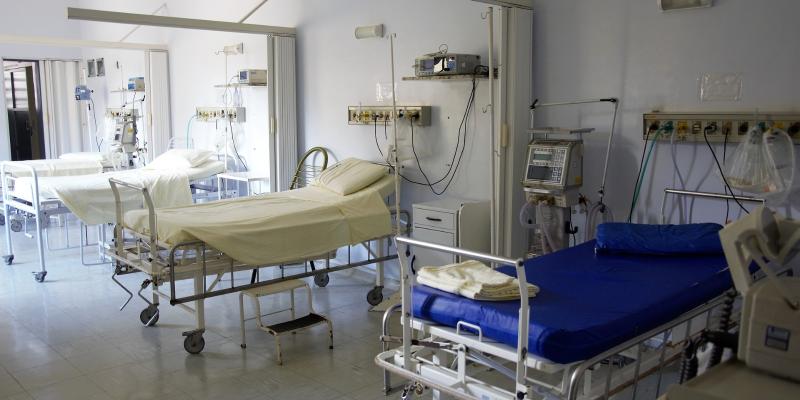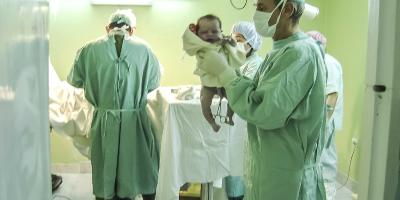All medical facilities, whether outpatient clinics, hospitals or surgeries, must comply with the sanitary requirements in respect of, for instance, equipment. Newly-established facilities can’t open to patients until they’ve met these requirements, and the existing ones have to adapt their sanitation practices by the end of 2016.
The sanitary requirements for healthcare providers are set out by the Regulation of the Minister of Health of June 2012 on the specific requirements for the premises and equipment of healthcare providers.
This Regulation is applicable to outpatient clinics, hospitals and surgeries. It doesn’t apply to medical laboratories, medical diagnostic establishments and health resort establishments, which are subject to other regulations.
What requirements does the Regulation impose?
According to applicable laws, the premises of outpatient clinics, hospitals and surgeries are to be based within an isolated building or a complex of buildings.
Premises within a hospital ward with patient beds mustn’t be used as a passage to other sections of the building.
While the Regulation doesn’t specify the minimal area of premises, it requires them to be shaped and sized enough to enable the proper arrangement, installation and usage of all the essential devices, instruments and equipment.
Hospital rooms must be furnished with washbasins, soap dispensers and paper-towel dispensers.
Also, the Regulation stipulates that hospital furniture must be washable and disinfectable, except for furniture in administrative and amenity premises, and also in psychiatric and addiction treatment offices.
The Regulation also lays down general constructional requirements. For instance, floors must be made of washable and disinfectible materials, and the doors through which patients are transported on beds must be wide enough to enable such transport.
Patient rooms should let in sunlight, and where the sunlight is excessive, windows should be furnished with shutters or roller blinds.
In diagnostic and medical procedure rooms, there has to be at least one washbasin, a soap dispenser and a paper-towel dispenser.
Enclosed to the Regulation are also requirements pertaining to emergency departments, obstetric, children’s, isolation and psychiatric wards, and also operating theatres, central sterilisation units, first aid rooms, general outpatient clinics, endoscopy units, medical rehabilitation centres, dialysis stations and blood donation centres.
Compliance times and schedules
Entities which fail to comply with the Regulation requirements must achieve compliance by the end of 2016. This time limit applies to facilities which were in operation on the day the 2011 Act on medical activities became effective. Entities which started or will start their operation later must comply with the requirements from the very start.
By the end of 2012, facilities required to adjust their compliance had to develop an adjustment plan describing the changes to be made and outlining the schedule of works. Next, once the plan had been reviewed and approved by the sanitary inspection, they submitted the register to the maintaining authority.
Medical entities, are required to submit the register to the Voivode, medical practices to the district medical council, and the nurse and midwife practices to the district nurse and midwife council.









Comments (0)